
Phonics for Kids: Interesting Matching Games
Table of Contents
Phonics Matching Games
A fun educational video featuring phonics for kids. You can depend on an easy matching game. Use resources and toys from around the house. This helps your child recognise and develop their initial phonic sounds. Help your child practice their phonics with this simple easy to follow video. Great as homework help or homeschooling resource.
More Simple Phonics Videos.
Letter Matching Game
This is an easy game to prepare. You can have large cardboard with the alphabet printed on it in large letters. You bring separate letter magnets of the same size as the print letters.
Ask the kids to match their letter magnet to the letters on the chart. You can also ask the kids to say the name of the letter and the sound of it while matching them.
A New Alphabet Box Each Week
You usually introduce a new letter each week to kids in preschools. You introduce the letter, the sound and the formation. As well, you relate the letter to a theme. For example, you find animals that start with this letter.
You can use the weekly theme to create an alphabet box for kids to use. You put some objects inside the books that begin with this letter. For example, If it is the week for the letter “T”, you can put a toothpaste, tape, a tomato and toast.
Each kid picks one object, says its name, the letter it begins with and the sound of this letter. This can be a fun way to have your kids get interested in the week ahead, and work together to think of an answer.
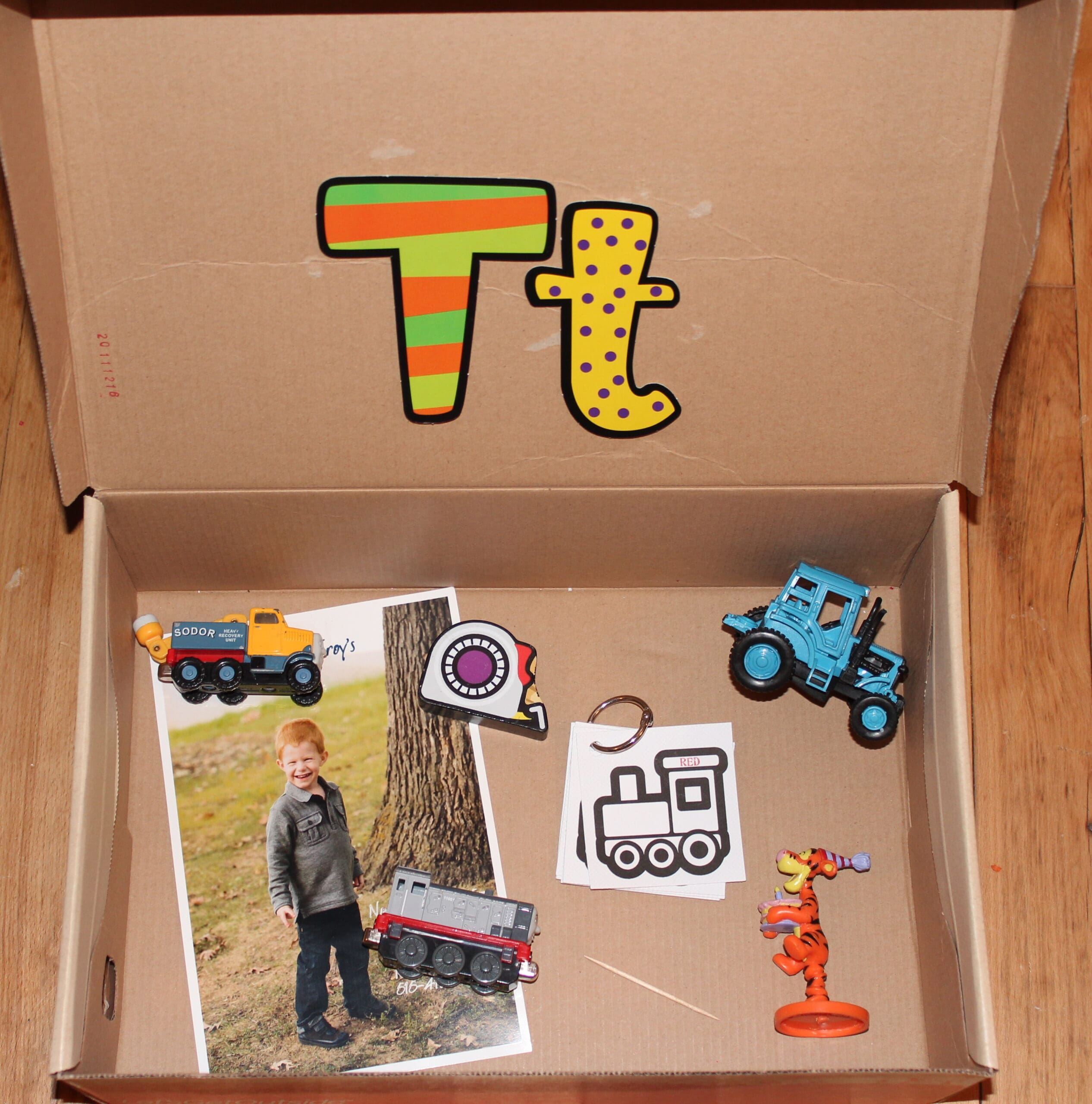
Relate to Other Topics
Repeating a letter over and over again can make the kids feel bored. So, you can mix it up a little by talking about related lessons. You can introduce the week’s letter as your core subject. Then, during the day you can introduce other topics.
For example, if you are on the letter “C,” you can learn about the weather “Cold” too. The word cold begins with the letter C. You can ask the kids about the weather in winter. You can relate to the seasons of the year and the weather as well.
Simple Flashcards with Simple Pictures
When you introduce a new alphabet letter to the kids, one of the easiest ways is flashcards. It is important to use simple pictures with flashcards. You need to avoid any confusing pictures. For example, if you talk about the letter “E”, you need to use pictures that start with this letter.
Flashcards help the kid memorize the letters. They also help the kids relate the letter and the sound to other objects. Kids can recognize more vocabulary words as well.
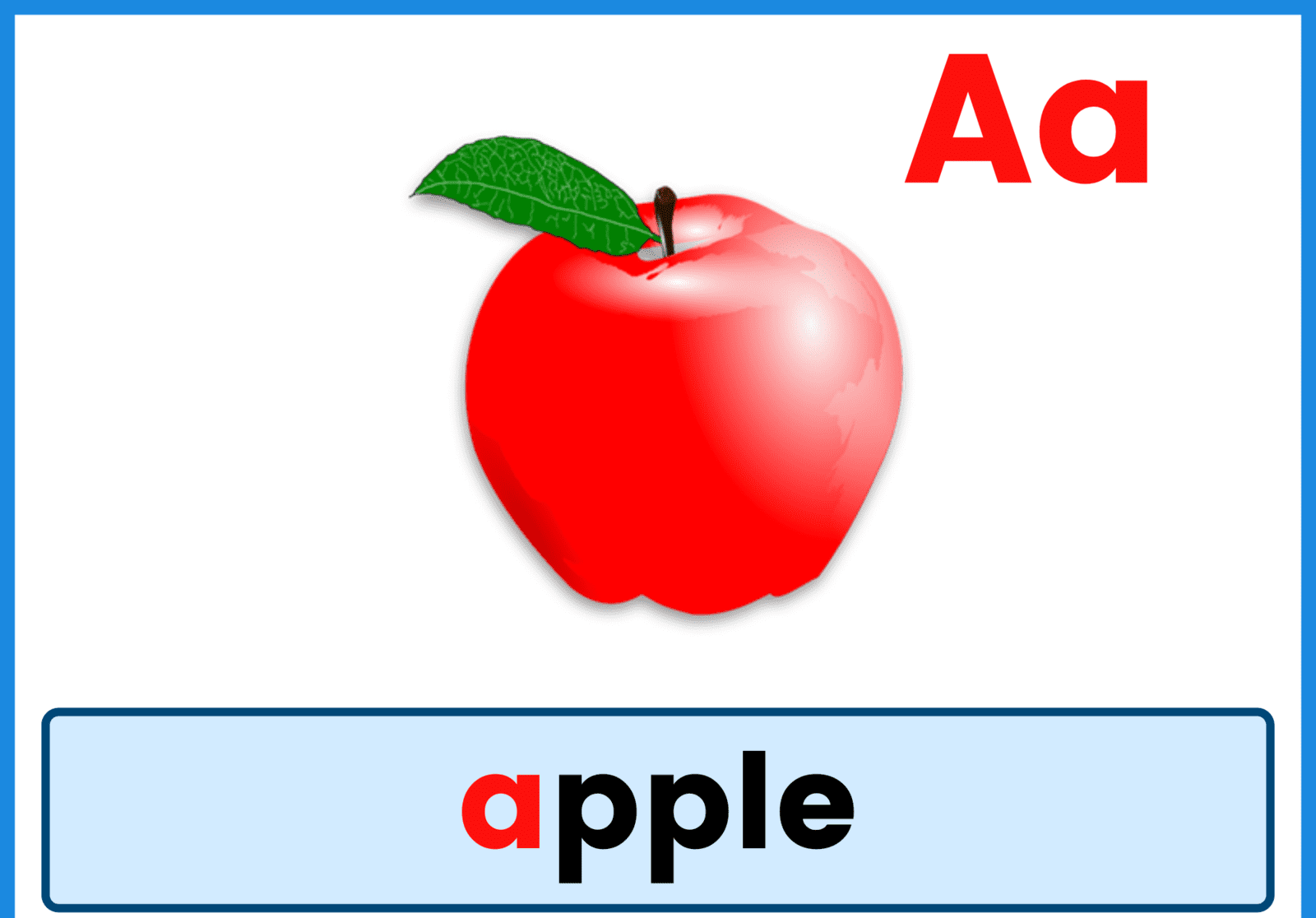
Eat Foods Shaped Like Letters
You can think out of the box, and prepare for a baking session. Kids always love baking. They can use letter-shaped cookie cutters to bake yummy biscuits. It is a great way to introduce or even revise the alphabet letters.
After baking, Kids can pick up the biscuits, and identify the letter. They can say the name of the letter and the sound as well. Then, they are happy to eat it.
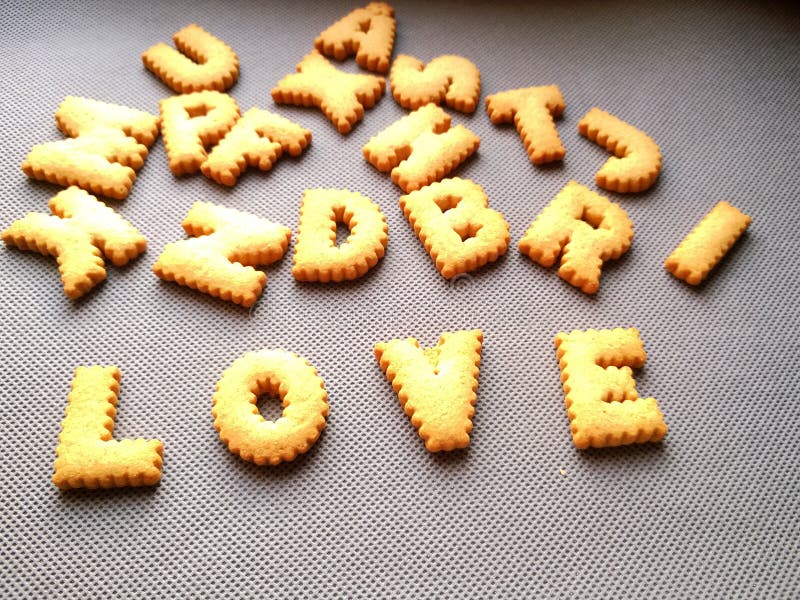
Alphabet Puzzles
You can use alphabet puzzles to teach kids the alphabet. It is an amazing way of teaching the alphabet. You can use a high-quality wooden puzzle with neat pictures. It helps the kids identify the alphabet letters and words as well.

Flour Writing Tray
You can use the flour to learn kids how to write the alphabet letters. It is an amazing tool to improve kids’ motor skills as well. You can use the magic finger technique first. Show the kids the letter formation using your finger. Draw the letter on the air. Ask the kids to do the same. Then, the kids can write the letter in the flour tray using the same finger.
Additional Phonics Game Ideas:
1. I Spy with My Little Ear:
Description: Similar to the classic “I Spy” game, this activity focuses on listening for specific sounds. One player says “I spy with my little ear, something that starts with the sound /m/,” and others guess an object in the room that begins with that sound (e.g., “monkey”). This game reinforces sound recognition and discrimination.
Benefits: Develops auditory processing skills, promotes active listening, encourages vocabulary building.
2. Phonics Bingo:
Description: Create bingo cards with pictures or words representing different phonemes. Draw letters or phonograms from a bag, and players mark off the corresponding pictures on their cards. The first player with a completed row or full card wins. You can adjust difficulty by varying the complexity of the words or sounds used.
Benefits: Reinforces sound-symbol association, encourages letter and word recognition, promotes spelling skills.
3. Rhyming Pairs Memory Game:
Description: Prepare cards with pictures or words that rhyme (e.g., cat, bat, dog, fog). Shuffle the cards and lay them face down. Players take turns flipping two cards, trying to find a rhyming pair. If they find a match, they keep the cards and get another turn. The player with the most pairs at the end wins.
Benefits: Develops phonological awareness, reinforces understanding of rhyming patterns, improves memory and concentration.
4. Fishing for Sounds:
Description: Cut out fish shapes from cardboard and write different phonemes on each. Make fishing rods with magnets attached to the ends. Scatter the fish on a “pool” (blue fabric or paper) and let kids “fish” for specific sounds you call out. Encourage them to say the sound and identify words that start with it.
Benefits: Reinforces letter-sound recognition, promotes sound manipulation skills, makes learning kinesthetic and fun.
5. Beginning/Ending Sounds Sorting:
Description: Set up three containers labeled “Beginning /b/”, “Middle /a/”, and “Ending /t/”. Provide objects or word cards containing those sounds (e.g., ball, bat, hat). Have children sort the objects/cards into the correct containers based on their starting, middle, or ending sounds.
Benefits: Strengthens understanding of sound positions within words, improves phonemic segmentation skills, encourages categorizing and sorting abilities.
Bonus Tip: Adapt these games to target specific letter combinations or digraphs as your child progresses.
Bringing Fun and Learning Together: Integrating Phonics Games in the Classroom
Phonics games offer a powerful tool for solidifying letter-sound relationships, boosting phonemic awareness, and making learning enjoyable. Here’s how you can seamlessly integrate them into your daily lessons or literacy centers:
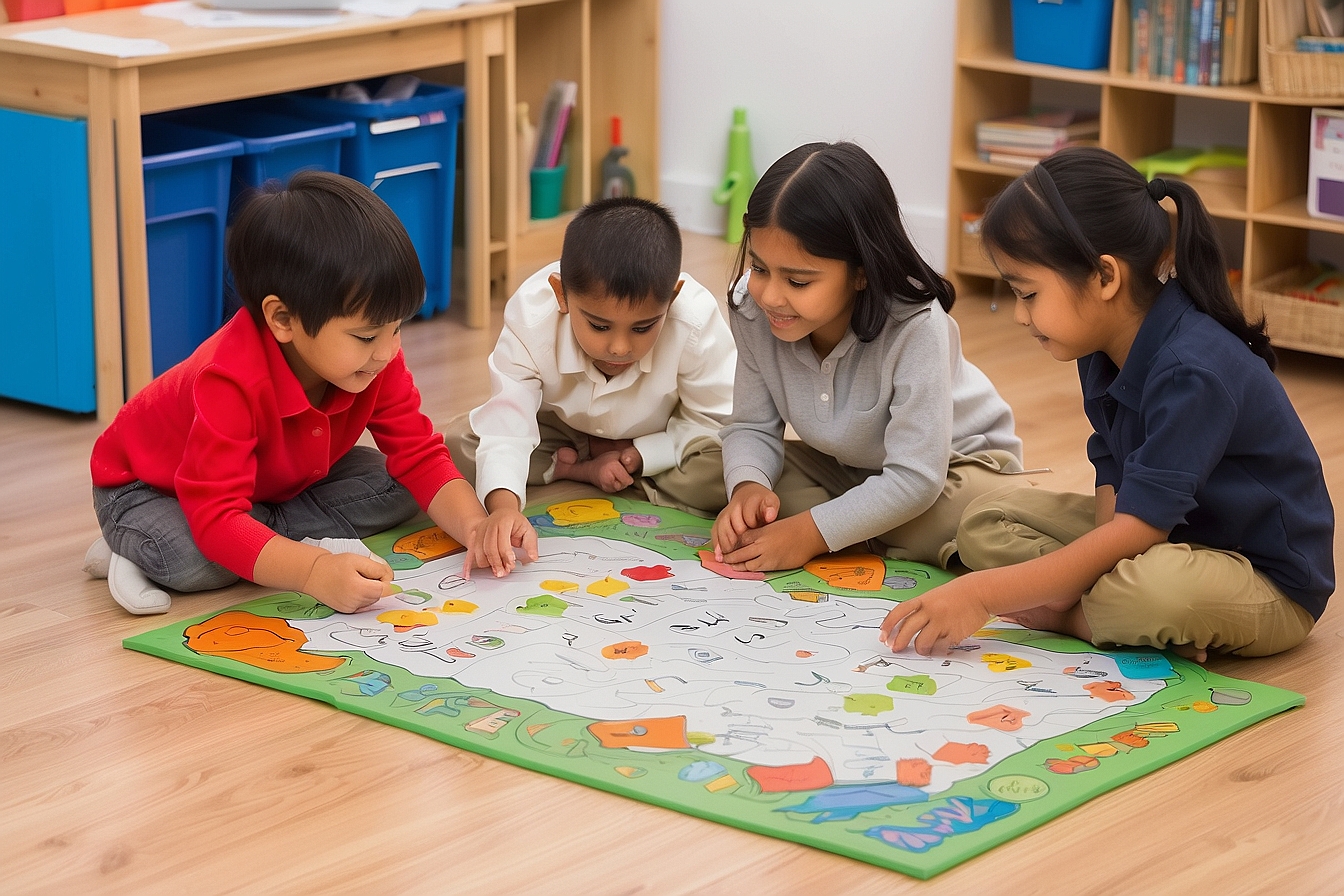
Strategic Integration:
- Alignment with Concepts: Ensure the chosen games target the specific phonics skills currently being taught. This reinforces learning and provides targeted practice.
- Differentiation is Key: Cater to individual needs by offering games with varying difficulty levels or allowing students to choose different themes based on their interests.
- Small Group Sessions: Utilize games during small group instruction for focused practice and personalized support.
- Literacy Centers: Designate a space with diverse phonics games for independent or collaborative exploration during center time.
- Early Finishers: Keep a selection of quick and engaging phonics games on hand for students who complete tasks early.
- Brain Breaks: Use short, fun games as energizers after lengthy lessons to maintain focus and engagement.
Making it Seamless:
- Warm-up Activities: Start lessons with a quick phonics game to introduce the target sound or skill in a stimulating way.
- Review and Reinforcement: Use games as a fun way to revisit previously learned concepts and prevent skill regression.
- Assessment Tool: Observe students’ playing to gain insights into their understanding and identify areas needing further practice.
- Collaborative Learning: Encourage cooperative play through partner or group games to promote communication and teamwork.
- Technology Integration: Explore educational apps or online games aligned with your phonics curriculum.
Remember:
- Choose engaging games: Opt for visually appealing, age-appropriate activities that spark excitement and curiosity.
- Clear Instructions: Provide clear instructions and demonstrations before initiating the game to ensure understanding.
- Positive Reinforcement: Celebrate successes and offer encouragement throughout the gameplay.
- Variety is Key: Rotate different games regularly to maintain interest and prevent boredom.
- Assess and Adapt: Regularly assess student progress and adjust game difficulty or selection based on their needs.
Turning Play into Progress: Assessing Phonics Skills through Games
Phonics games offer valuable opportunities for formative assessment, allowing you to gauge individual strengths and areas needing improvement in a fun and engaging way. Here are some strategies to leverage game-based activities for effective assessment:
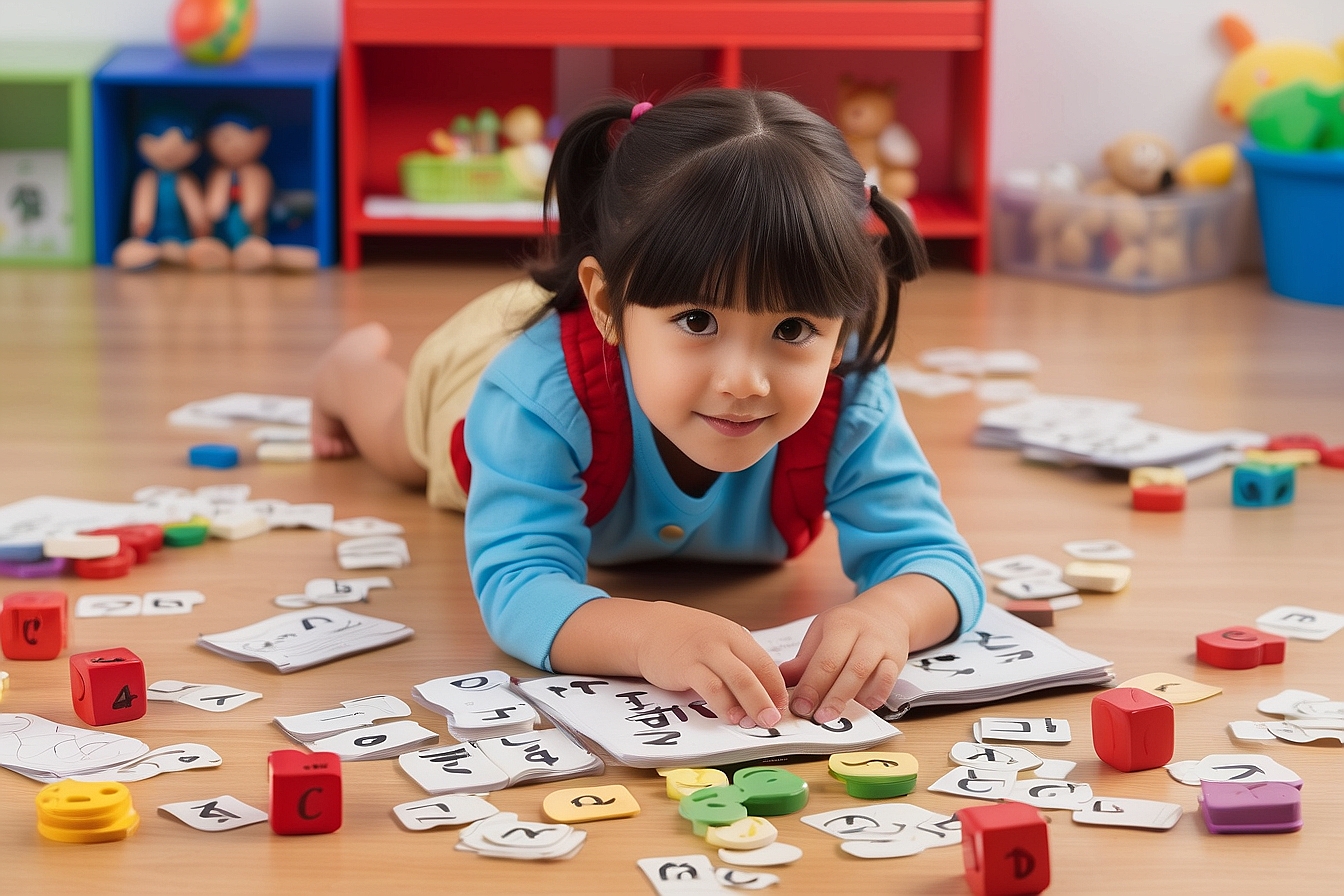
Identifying Strengths and Weaknesses:
- Observe Gameplay: Watch students as they play, noting their ability to identify sounds, segment words, blend sounds, and apply phonetic knowledge.
- Targeted Questions: During or after the game, ask specific questions related to the targeted skills to assess their understanding.
- Error Analysis: Analyze their mistakes in the game to pinpoint specific challenges they face (e.g., confusing similar sounds, struggling with multisyllabic words).
- Differentiated Games: Offer games with varying difficulty levels to gauge mastery of different skills and identify students who need more support.
Recording and Monitoring Progress:
- Informal Observations: Keep anecdotal notes of your observations during gameplay, highlighting strengths and areas needing improvement.
- Checklists: Develop checklists tailored to specific skills and mark them off as students demonstrate mastery through games.
- Exit Tickets: Use quick, game-based activities as exit tickets to assess understanding before moving on to new concepts.
- Student Self-Reflection: Encourage students to reflect on their performance after games, asking them to identify what they did well and where they can improve.
- Portfolios: Collect samples of student work from games (e.g., sorted objects, completed bingo cards) to track progress over time.
Making it Effective:
- Focus on Specific Skills: Choose games that directly target the phonics skills you’re currently teaching for meaningful assessment.
- Regularity is Key: Integrate game-based assessments regularly throughout instruction to track progress and identify early intervention needs.
- Positive Feedback: Provide feedback in a constructive and encouraging manner, focusing on improvement and offering specific strategies for overcoming challenges.
- Data-Driven Instruction: Use assessment data to inform your teaching, adjusting instruction and offering targeted support based on individual needs.
- Celebrate Success: Recognize and celebrate progress made by students, motivating them to continue learning and applying their developing phonics skills.
Remember, game-based assessments are most effective when combined with other assessment methods for a holistic view of student understanding. By creatively integrating these strategies, you can turn playtime into valuable learning opportunities, empowering students to take ownership of their phonics progress and develop a love for reading and writing.
Resources for Phonics Games and Activities:
Websites:
- Learning Games and Activities: – Offers a variety of phonics games categorized by skill level and sound.
- Reading Rockets: – Provides educational resources for parents and teachers, including phonics games and activities.
- Starfall Education: – Features interactive phonics games and activities with engaging animations and sounds.
- PBS Kids Play and Learn: – Offers phonics games categorized by specific letter sounds and blends.
- Teach Phonics: – Provides resources for teachers, including lesson plans, worksheets, and games.
Books:
- The Phonological Awareness Handbook by Marilyn Jager Adams: Offers a comprehensive guide to developing phonemic awareness in children.
- Playing with Sounds: Activities for Teaching Phonological Awareness by Wiley Blevins: Provides practical ideas for phonics games and activities.
- Phonics Games Galore! by Pam Schiller: Features over 80 phonics games for individual or group play.
- Super Easy Phonics Games for Little Learners by Pam Morgan: Offers simple and engaging phonics games for young children.
- Super Phonics Activities for All Learners by Jodi O’Brien: Includes phonics games for different learning styles and abilities.
Online Tools:
- ABCya!: – Offers a variety of engaging phonics games.
- Reading Eggs: – A subscription-based program with interactive phonics games and activities.
- IXL:– Provides adaptive phonics practice activities with personalized learning paths.
- Seesaw: – Allows teachers to create interactive phonics activities for students.
- Kahoot!: – Create engaging game-based quizzes to assess and reinforce phonics skills.
Additional Tips:
- Consider your students’ ages, interests, and learning styles when choosing resources.
- Look for resources that are aligned with your phonics curriculum.
- Encourage students to create their own phonics games to promote creativity and ownership.
- Make sure the games are fun and engaging to keep students motivated.
- Most importantly, remember that phonics games are a valuable tool for learning, but they should be used in conjunction with other instruction and activities.
FAQ
What are phonics games?
Phonics games are engaging activities that help children learn and practice letter-sound relationships, blending sounds, and manipulating phonemes. They provide a fun and effective way to reinforce phonics skills learned in the classroom or at home.
What are the benefits of using phonics games?
Phonics games can:
- Make learning fun and engaging: Games help children stay motivated and excited about learning phonics.
- Reinforce understanding: Repeated practice through games strengthens letter-sound relationships and phonemic awareness.
- Identify areas needing improvement: Observing how children play can reveal specific challenges they face, allowing for targeted support.
- Promote critical thinking and problem-solving: Many games require children to think strategically and manipulate sounds, developing valuable cognitive skills.
- Boost confidence and self-esteem: Successfully completing games builds confidence and motivates children to continue learning.
Where can I find more phonics games and activities?
This article provides a list of websites, books, and online tools offering numerous phonics games and activities. You can also adapt classic games like bingo or memory to target specific phonics skills.
How can I use phonics games at home with my child?
Choose games that align with your child’s current phonics skills and interests. Make it a collaborative experience, playing together and offering encouragement. Keep the sessions short and fun, focusing on positive reinforcement and celebrating successes.
Conclusion
Phonics games are powerful tools for making phonics learning engaging, effective, and enjoyable. By incorporating them into your classroom or home routine, you can help children develop a strong foundation in phonics, paving the way for successful reading and writing skills. Remember, the key is to choose games that are fun, educational, and cater to your child’s individual needs and learning style. With the right resources and a playful approach, you can turn phonics learning into a rewarding and enriching experience for both children and adults.


Leave a Reply